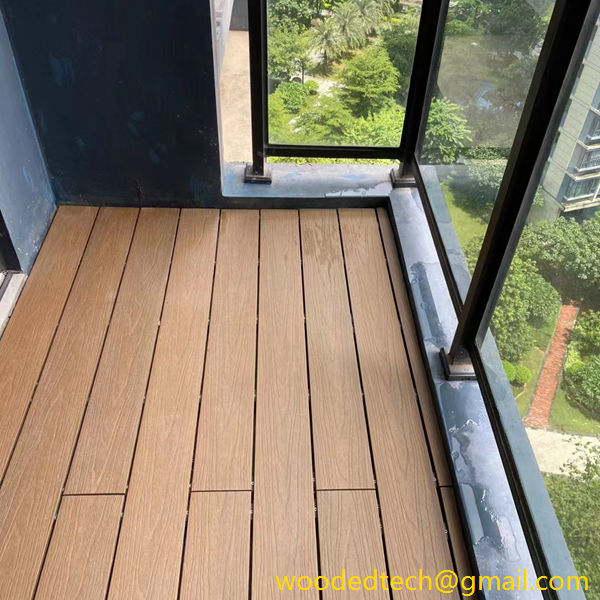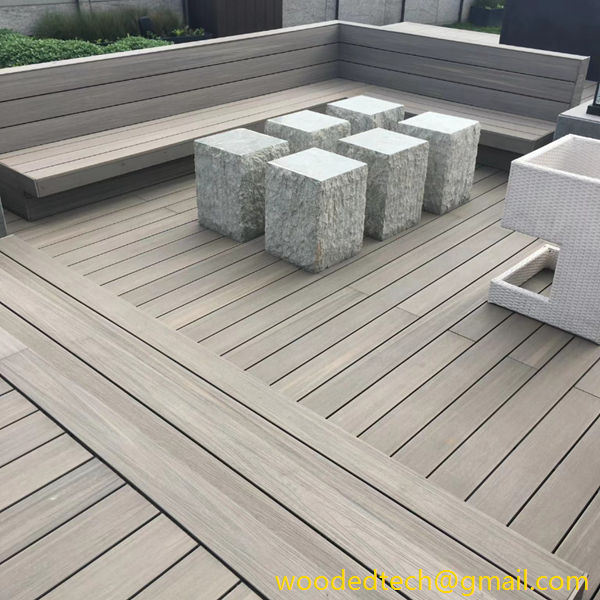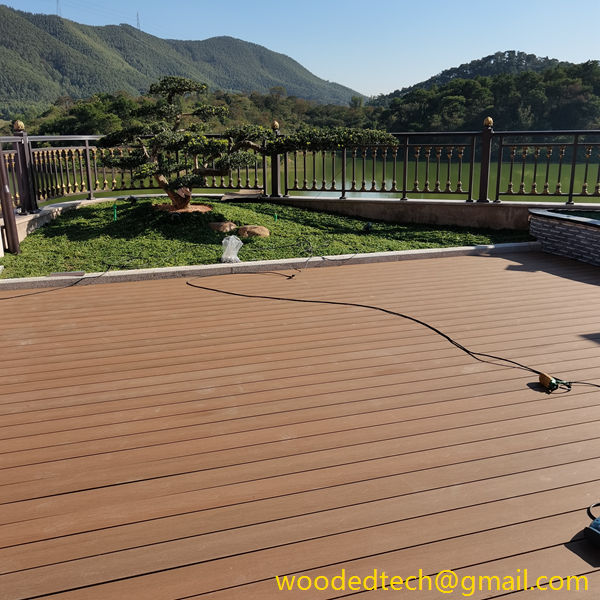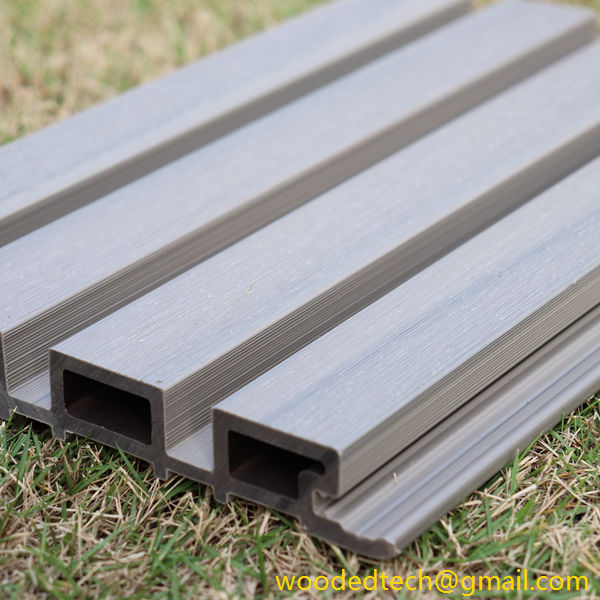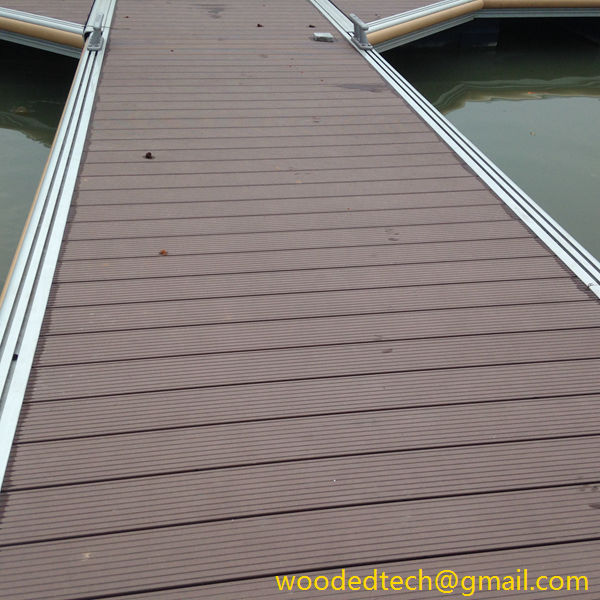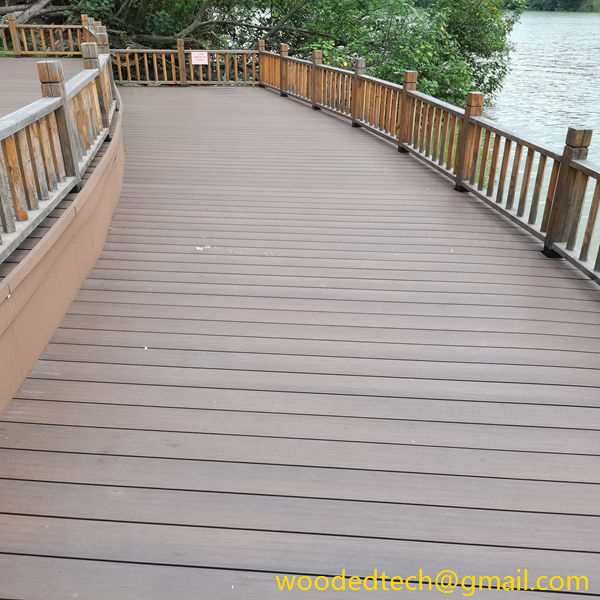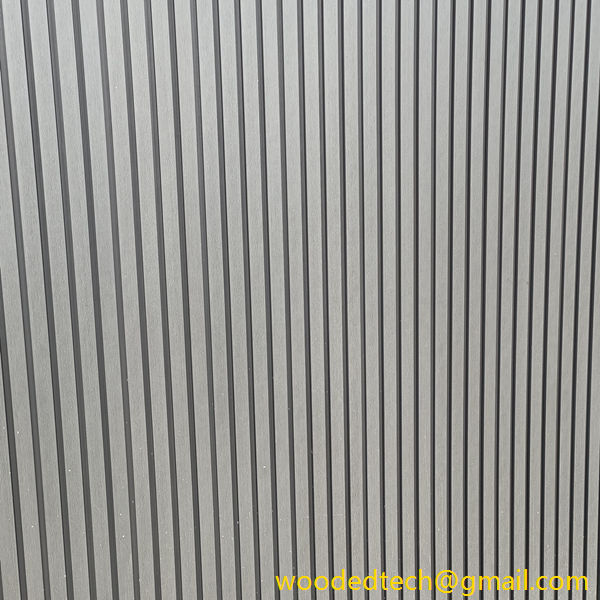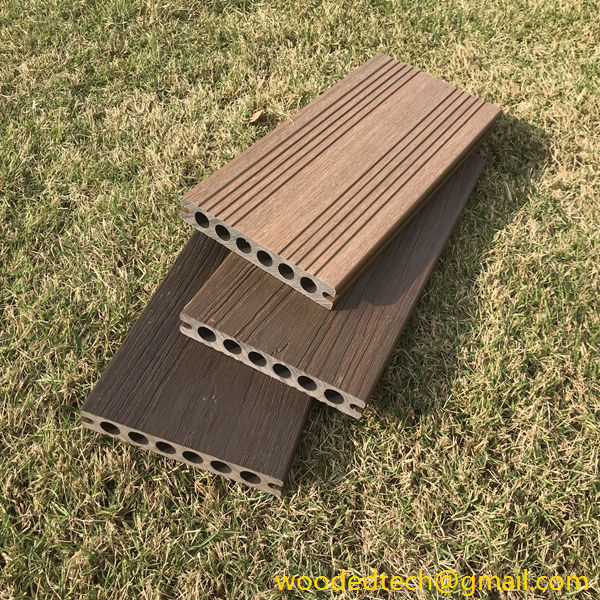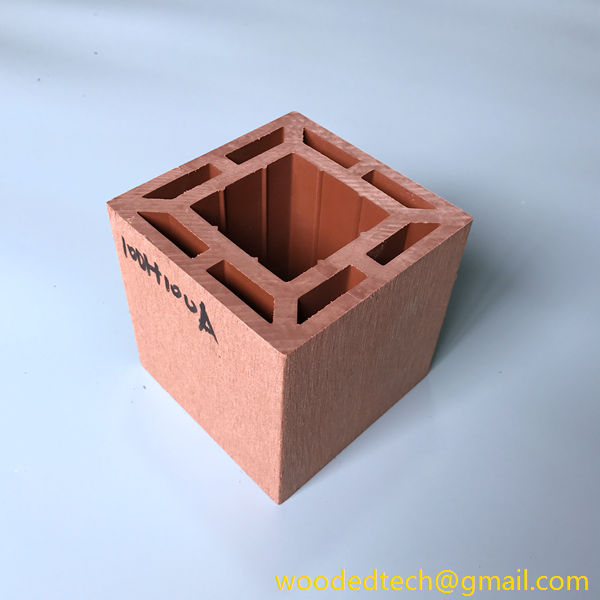Comparing Deck Flooring Wood and Plastic Options
Comparing Deck Flooring Wood and Plastic Options When it comes to choosing deck flooring, homeowners are often faced with a demanding decision: should they opt for traditional wood or modern plastic materials? Each option holds its unique set of advantages and disadvantages, and understanding these differences can help you make a more informed choice that…
Comparing Deck Flooring Wood and Plastic Options
When it comes to choosing deck flooring, homeowners are often faced with a demanding decision: should they opt for traditional wood or modern plastic materials? Each option holds its unique set of advantages and disadvantages, and understanding these differences can help you make a more informed choice that aligns with your preferences for style, maintenance, durability, and environmental impact.
Wood decking, particularly options like cedar, redwood, and pressure-treated lumber, has long been admired for its natural beauty and classic appeal. Wood is undeniably warm and inviting, bringing a sense of nature and timelessness to outdoor spaces. The natural grain patterns, textures, and colors of wood add character and charm, making it a favored choice for many traditionalists. Additionally, wood decking can be easily customized and stained to match your design aesthetics, which enhances its appeal even further.
However, wood does require a degree of maintenance to retain its appearance and extend its lifespan. Regular cleaning, sealing, and staining are necessary to prevent rotting, warping, and the potential for insect infestations. Specifically, while hardwoods may boast superior durability and resistance to these concerns, they also come at a higher price point. Moreover, variations in climate can significantly influence the longevity of wooden decks. In humid environments, wood may warp or suffer from mold and mildew growth, requiring more frequent maintenance. Conversely, in dry climates, wood can crack and splinter, leading to safety concerns and the need for repairs.
On the other hand, plastic decking, often made from recycled materials like polyethylene, offers a modern alternative to traditional wood. One of the most significant benefits of plastic decking is its low maintenance requirements. Unlike wood, plastic does not require sealing, staining, or sanding, making it an attractive option for homeowners looking to reduce the time and effort spent on upkeep. Plastic decks can typically be cleaned with soap and water, and many are designed to resist fading, scratching, and staining, ensuring they retain their aesthetic appeal for years.
Another advantage of plastic decking is its durability. Plastic materials are engineered to withstand the elements, making them resistant to moisture, rot, and insect damage. This robustness can translate to a long-lasting deck that won’t require the same level of repair and replacement over the years, ultimately saving money in the long run.
When it comes to environmental considerations, both materials present unique challenges and benefits. Wood, especially when sourced sustainably from responsibly managed forests, can be a renewable resource that contributes to a lower carbon footprint. However, the environmental impact of wood can vary based on logging practices and the distance the material travels to reach consumers. It is essential to choose wood that is certified by organizations such as the Forest Stewardship Council (FSC) to ensure ethical sourcing.
Conversely, plastic decking provides a unique opportunity for recycling. Many plastic deck boards are made from recycled materials, which helps reduce waste and limit the strain on natural resources. However, manufacturers also need to balance the durability of plastic with its overall environmental footprint. While plastic is long-lasting, it can contribute to pollution if not disposed of properly at the end of its life cycle.
Both decking materials also come in various styles, colors, and textures, allowing homeowners to achieve their desired look while balancing functionality. Wooden decks can be stained or painted to match a home’s exterior, offering an array of choices to fit different architectural designs. Meanwhile, plastic decking is available in many colors and finishes, including wood-like appearances, providing versatility in aesthetics.
Additionally, the installation process is also an essential aspect to consider. Wooden decks typically require professional installation to ensure safety and durability, which can add to the overall cost. Some homeowners may tackle DIY installation; however, they need to have experience and knowledge of proper techniques. In contrast, many plastic deck systems are designed for easier installation, with snap-together features that can simplify the process.
Cost is another primary differentiator. Generally, the initial cost of wood decking can be lower than that of high-quality plastic options. However, when considering long-term costs, including maintenance, repairs, and replacements, plastic decking may emerge as the more economical choice over time.
Ultimately, the decision between wood and plastic decking comes down to personal preferences regarding aesthetics, upkeep, environmental impact, and cost. Those who appreciate the natural beauty and traditional charm of wood may find it hard to resist. However, for those looking for durability, low maintenance, and a variety of design options, plastic decking may be the ideal solution.
Before making a decision, consider your local climate, lifestyle, and how much time and effort you are willing to invest in maintenance. Additionally, you might want to visit local showrooms or speak with industry experts to experience the materials firsthand. By carefully weighing the factors discussed, you can confidently select the decking material that best suits your needs and enhances your outdoor space for years to come. Your choice will ultimately shape your enjoyment of your deck, whether you choose the warm embrace of wood or the effortless sophistication of plastic.

